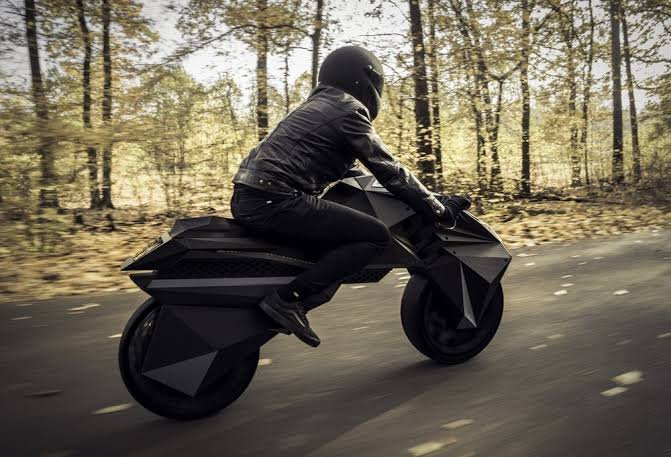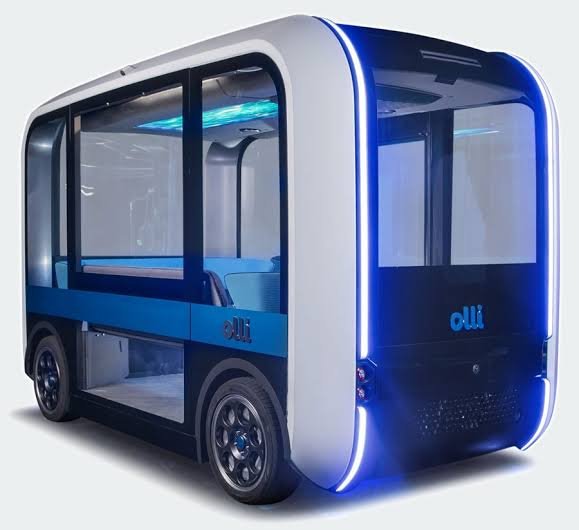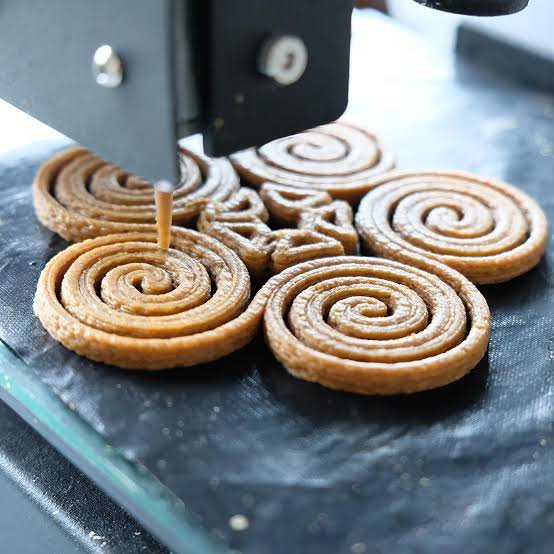Most unbelievable things made by 3D printers
3D printing is the future as it has truly changed the game of prototyping and production. We are aware of the things that are created by 3D printers, which could be food containers, vases, or miniature replicas of buildings. 3D printing has a wide range of applications. This has been proven by companies by 3D printing extraordinary objects at scale. Having a substantial number of benefits, 3D printing a structure minimizes the cost and increases the processing speed as compared to the traditional method of manufacturing.
Below are some incredible masterpieces made from 3D printing:
1. Image staying in Two-Level Villa which is 3D printed!
3D printing technology has revolutionized housebuilding. The best example of it is this two-level Villa created by Huashang Tengda in just 45 days covering a 400 square meter wide area. The Villa is located in Tongzhou, a district of Beijing. Unlike other constructions which are printed separately before placing them together, the villa was printed entirely on-site. It has two levels, each three meters high. The 250mm thick walls are made of 20 tons of C30-grade concrete making them durable. Testing conducted by Seismic showed that it can withstand an earthquake that measures eight on the Richter Scale. The two-level villa was created with Europe’s biggest 3D printer. Resulting in a villa that is 3X stronger and that saves 60% of the expense on material and time taken than the traditional house building methods.

2. Largest 3D printed bridge

Creators are breaking stereotypes by creating unbelievable 3D prints. The proof of this is the largest 3D printed pedestrian bridge which is located in Shanghai. A team led by Professor Xu Weiguo at the Tsinghua University School of Architecture in Beijing created the 2.63-meter long concrete bridge. The 3.6-meter wide bridge spans across the Shanghai Wisdom Bay pond. The bridge installed in 2019 was constructed of 44 hollowed-out 3D printing concrete units and handrails are divided into 68 units. The design of the bridge is based on China’s oldest standing bridge Anji which is 1400 years old. Anji took ten years to build, while this bridge took just 19 days. A monitoring system is embedded into the bridge which will allow it to collect real-time stress and strain the structure is withstanding.
3. 3Dirigo: World’s largest 3D printed boat

3Dirigo manufactured by the University of Maine which holds three Guinness Records. It is the world’s largest 3D printed boat, largest printed object and largest 3D printer is used to create the boat. It is named 3Dirigo, a play on Maine’s motto, “Dirigo”, which is Latin for “I lead”. The boat was created in one solid piece during a nonstop printing over 72 hours. If something at this scale was to be built using the traditional process it would have taken a year to complete. The boat was printed at the school’s Advanced Structures and Composite Center for $40,000. The largest 3D printed boat is 25 feet(7.62m) long and weighs 5000 pounds. It was built in one go between 19 and 22 September 2019, from plastic and wood cellulose compounds.
4. Terran 1: The 3D printed rocket

Terran 1 is the rocket manufactured by Relativity Space, an American aerospace manufacturing company. It is built from raw materials within 60 days and measures 110 ft tall. However, traditional rocket manufacturing takes 18 months which is a huge difference. The structure and engine are built using proprietary 3D printed aluminum alloy. This reduces part count by 100 times compared to a typical rocket. Terran 1 consists of two stages. The first stage is powered by nine Aeon 1 engines burning methane and oxygen propellants in a gas generator cycle, each producing 23,000 lbf of thrust each. The second stage is powered by a single vacuum AeonVac, which produces 28,300 lbf of thrust in a vacuum. The primary and secondary structures of Terran 1 are manufactured with Relativity’s Stargate 3D printer. Relativity claims that 90% of Terran 1 by mass consists of printed components.
5. Nera: Electric Bike

Have you ever imagined a 3D-printed motorcycle running on the streets? Yes, it sounds impossible but soon there’ll be a day when the traditional vehicles would be replaced by 3D printed ones. Nera is a fully functional motorcycle manufactured by BigRep in just 12 weeks. It was manufactured to demonstrate the production capabilities of 3D printing and isn’t street legal currently. Nera is designed by Macro Mattia Cristofori in collaboration with Maximilian Sedlak from NOWlab. Macro wanted to show how XXL additive manufacturing can meet industrial needs while offering freedom in design. As a result, Nera is created with a total of 15 3D printed parts, the largest among them is 120 x 45 x 20 cm. Nera measures 190 x 90 x 55 cm and it weighs 60 Kg.
The 3D printed parts include airless tires, diamond-shaped rims, frame, fork, and seat. As traditional combustion engines cannot be embedded in polymer objects, embedded electronics like batteries, cables, and control systems are not 3D printed. The approximate cost to manufacture Nera is $2600. Filaments used are ProHT, ProFLEX, PETH and PLA. However, no performance numbers have been revealed about Nera.

6. Olli 2.0: 3D printed Shuttle
Olli 2.0 is a self-driving cognitive shuttle produced by Local Motors. It uses IBM’s Watson technology to provide a more personalized experience. The first Olli was made in 2016 representing the first real and practical application of a 3D printed vehicle. Olli 1.0 was a research project whereas Olli 2.0 is meant to represent the completion of the project and a fully usable vehicle. The new and improved successor is Olli 2.0 with approximately 80% 3D printed parts. Jay Rogers CEO and Co-founder of Local Motors said that Olli 2.0 used 50% fewer parts and production time was also reduced by 50%. This printed shuttle is designed for use of local commute, campuses, and urban city centers as a smart and safe transport option.
7. 3D printed food

It is hard to believe that food can be 3D printed but it is true. Fab@Home was the first multi-material 3D printer to print food materials such as chocolate, cookie dough, and cheese. It was a project led by a group of students in the year 2006 by Cornell University. The modern advanced printers have pre-loaded recipes onboard using which food can be customized according to shape, color, texture, flavor, and nutrition. 3D food printing is the process of manufacturing food products using various additive manufacturing techniques. Food-grade syringes hold the printing material, which is then deposited through a food-grade nozzle layer by layer. Similar to FDM printing this printer requires paste-like inputs like purees, mousses, and other viscous foods.
Conclusion
Your view towards 3D printing must have been changed with these amazing projects. 3D printing is one of the most transformational and consequential technology in the industrial revolution. As the 3D printing industry is blooming it is the right time to integrate 3D printing into your business. Be a part of this 3D printing revolution with us. Get with us on a 15min free call to give an overview of your model. Our experts will create a quality project in a cost-efficient way.
